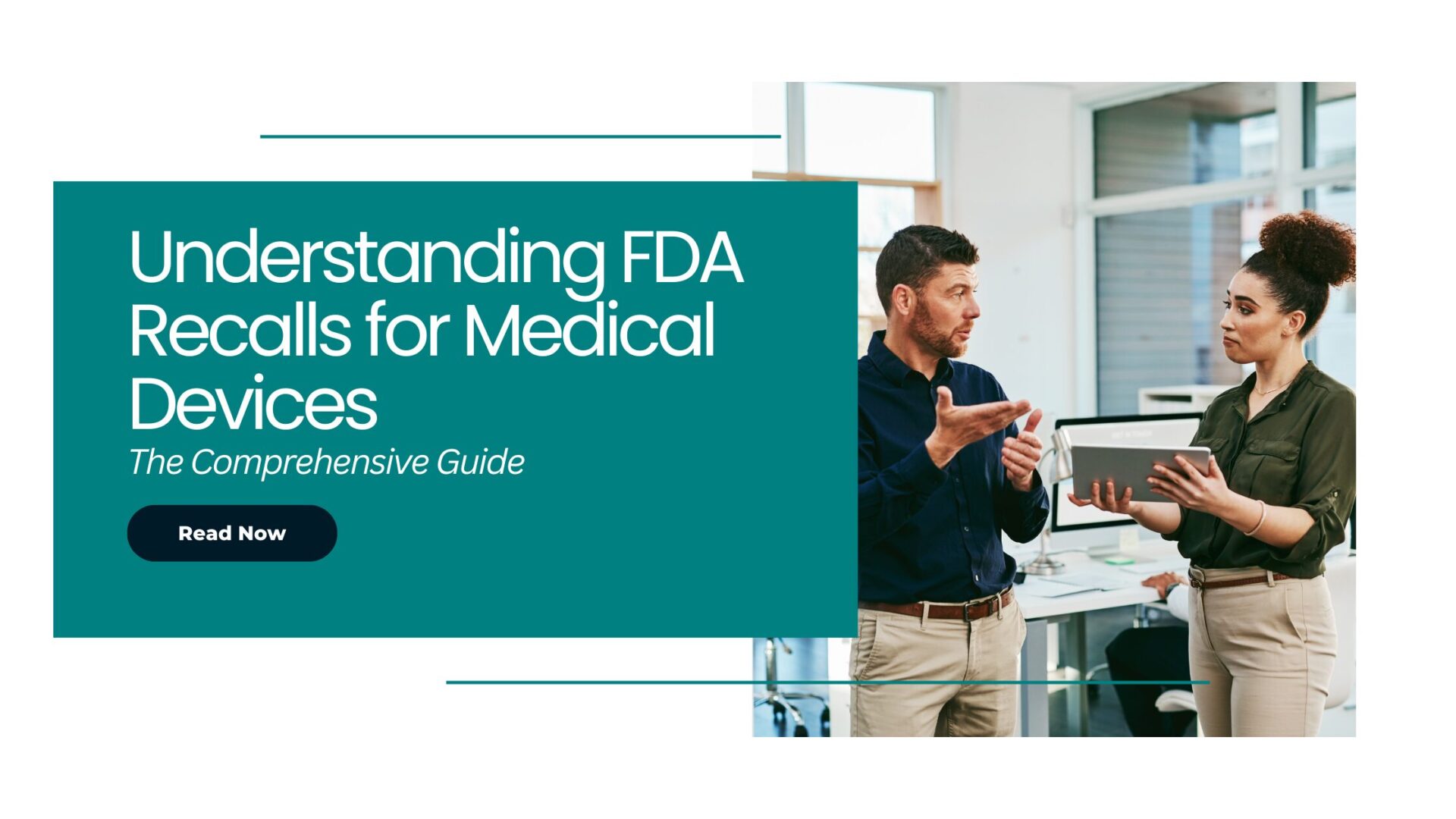For a manufacturer of medical devices placed in a Magnetic Resonance (MR) environment, it is important to show compliance with the applicable regulations and standards, and this is primarily because the MR environment properties show extensive variations in different MR systems. Recently, the FDA has come up with new guidance that defines additional requirements for the devices used in the MR environment. The MR systems or the components associated with it but not limited to spacing coils and pads do not fall under the scope of these requirements.
When do the new and additional FDA requirements for devices placed in the MR environment apply?
It is important that these requirements are met for all the FDA submissions such as De Novo requests, investigational and humanitarian exemptions, premarket approvals and notifications, and for continued compliance.
What is new?
Let us look at the major requirements discussed in this guidance:
There are several requirements for testing to assess the safety and compatibility of devices in an MR environment. Some of these test requirements are as follows, each of which needs to be evaluated for applicability based on the hazards and the device’s intended use, etc:
- Assessment of Displacement force induced by Magnetic fields as per ASTM F2052
- Assessment of Torque induced Magnetic fields as per ASTM 2213
- Assessment of the following as per ASTM F2182:
- Induced by Radio Frequency
- Induced by magnetic gradients which are time-varying
- Assessment for Vibration Induced by Gradient for Active Implantable Medical Devices as per ISO/TS 10974
Also, the worst-case sample size of the device or configuration shall be determined by the Sponsors based on the hazards identified during the risk assessment.
The format for MRI Safety Information in the device labeling is now to be updated based on the assessment performed and should be labeled with color versions as per ASTM F2503, as shown below:

If the manufacturer is already in compliance with ASTM F2503, then the manufacturer might have only a few additional requirements to adhere to.
What is to be done?
Through the risk analysis, one must identify the risk controls that need to be in place and the tests that are to be conducted and labeling updates to be implemented. For instance, the risks shall be assessed where an implant might enter MR surroundings. Showing compliance to these requirements can help the Sponsors in ensuring that the products do not pose any unnecessary hazards to the end users, thereby improving the patient’s risk profile and reducing dissatisfaction amongst the patients.

If you are a company to whom these requirements apply and are uncertain on which label is appropriate for your medical device, what tests should be conducted or any other questions on how FDA regulates such products, please feel free to reach out to jennifer@elexes.com
fda #elexes #healthcare #mri #regulatory #medicaldevice #denovo #iso13485




















